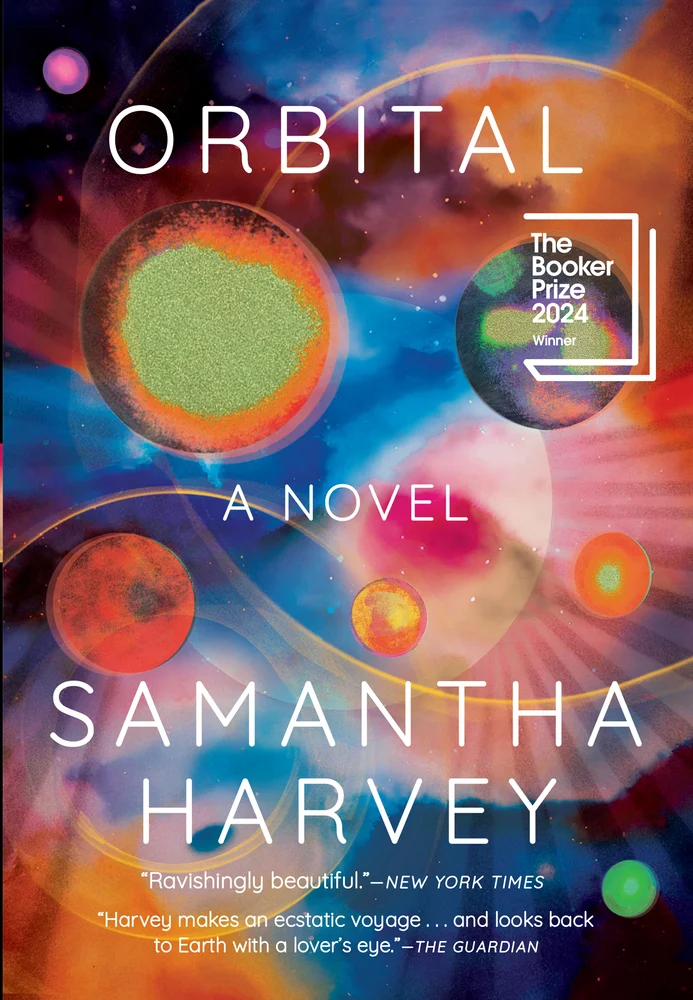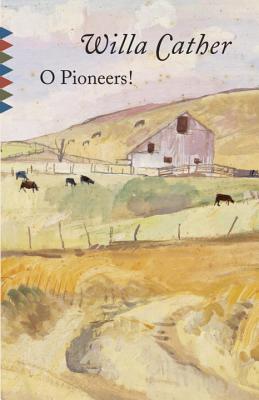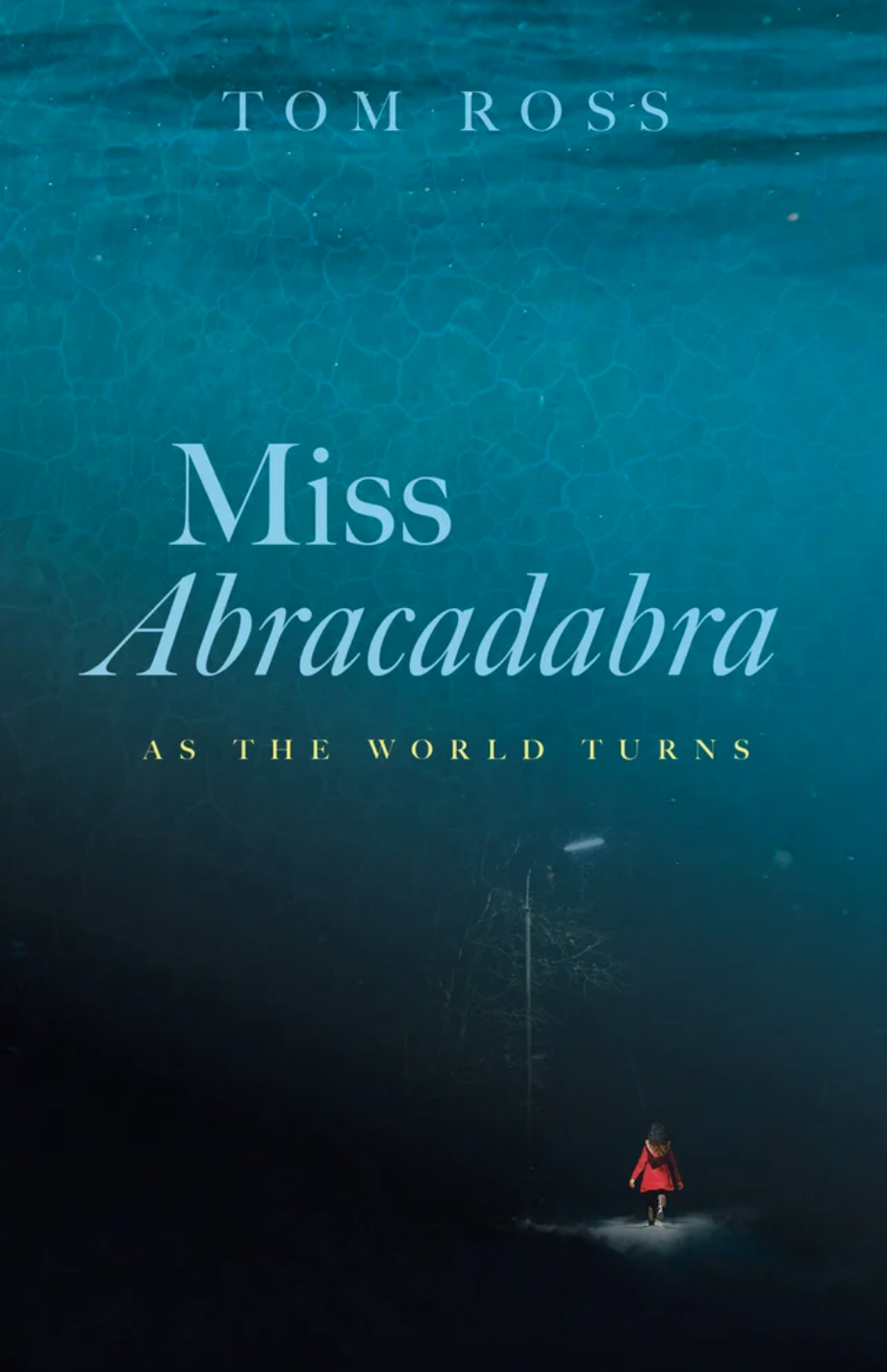Film by EMELIE MAHDAVIAN
Review by HANNAH GERSEN

In recent years, female filmmakers have been carving out a space for themselves in the American West, redefining a genre and a place that is has historically been depicted as the terrain of lonely male cowboys and vigilantes. There have been period pieces like Jane Campion’s The Power of the Dog, and Kelly Reichardt’s Meek’s Cutoff and First Cow, as well as contemporary stories set in the west, such as Chloe Zhao’s The Rider and Nomadland, and Reichardt’s Certain Women. These films bring a new realism to the western as they widen the lens to center female characters and to incorporate themes of friendship, romance, and community.
Director Emelie Mahdavian adds to that conversation with Bitterbrush, a quiet, slice-of-life documentary. Madhavian’s subjects are two young range riders, Colie Moline and Hollyn Patterson, who travel together working temporary jobs for various ranches in the western United States. At the beginning of the film, Colie and Hollyn are moving into a ramshackle cabin, having just signed on for a four-month post herding cattle across the open range in Idaho. Their new living quarters are in disarray after the last tenants, with dirty dishes in the sink and a bathroom in need of repair, but Hollyn and Colie are happy to have an actual house, as opposed to a trailer or RV. As they clean up the mess, airing out mattresses and making up their beds, their ease in each other’s company is apparent. They joke about needing wives to tidy up while they’re out riding, and although Hollyn has a boyfriend, Elijah—also a range rider—it’s clear that they enjoy the freedom of their lifestyle and are not interested in settling down. More than anything else, Bitterbrush is a movie about the type of friendship that arises when two people discover that they work well together.
Colie and Hollyn refer to their job as “cowboying,” and they look like cowboys in their spurs, chaps, wide-brimmed hats, and western-style button down shirts. Their work consists of riding on horseback to locate grazing cattle, identifying their calves, protecting them from predators, and herding them back to the ranch. They are aided by a pack of dogs, who travel with them across the range. The area they cover is huge: wooded areas as well as barren landscapes with rolling hills and big skies. Derek Howard’s and Alejandro Mejia’s cinematography is unabashedly gorgeous, lingering on still shots of snow-capped mountains and the impossibly starry nights. To show the scale of the landscape, and the large number of cattle that Colie and Hollyn must wrangle, the filmmakers often shoot from a great distance, with Colie and Hollyn miked so that we can hear their directions to each other from afar. I liked these scenes best, not only for the beautiful views, but also because Colie and Hollyn seemed to forget they were being filmed, and I got a real sense of their day-to-day work, as well the sounds they heard on their rides—cows braying, dogs barking, the wind blowing, branches breaking underfoot. Most of the sound in this film is limited to what occurs naturally in the landscape, though Mahdavian occasionally uses Bach’s keyboard works as a soundtrack to the women’s work. The classical music has a timeless quality that helps to mark the seasons as they change from late spring to high summer to a snow squall in early fall.
When the camera is within the range of Colie and Hollyn’s vision—inside the cabin, or alongside them on trail rides—they often seemed self-conscious. Though we never hear the filmmakers ask questions, they are obviously present and engaging with the women, who sometimes speak directly to the camera. Of the two women, Colie is more loquacious and given to storytelling by the fire. She’s the daughter of a ranching family but is uncertain whether she wants to settle into a family business that is run by her brothers and father. In one of her fireside monologues, she describes all the hard work her late mother did, outdoors. It’s clear she admires and misses her, but she also seems conflicted about following in her footsteps. She describes the punishing economics of ranching and doesn’t see a way to afford a place of her own. She also loves the freedom of the open range; she and Hollyn are allowed to manage themselves, with no one telling them where to go on their rides. They spend all day outdoors exploring landscapes that hardly anyone else lays eyes on. Although the work is obviously physically demanding, it’s easy to see why it is a dream job for these two women.
Being a cowboy means working with animals, and I appreciated the attention that Mahdavian pays to the animals under Hollyn and Colie’s care. There are many close-ups of horses and dogs, the camera holding on their faces long enough for us to get a sense of their personalities. We observe the women attending to a cut on a dog’s paw and discussing their horses’ health and happiness. One long passage shows Hollyn teaching a colt to wear a saddle, a mysterious process that Hollyn doesn’t say much about, though she refutes Elijah’s idea to force the horse to buck.
Hollyn is friendly and goofy but a bit opaque, rarely talking about herself or her family. When she learns, halfway through the movie, that she is pregnant, she doesn’t discuss how she’s feeling about this life-changing event, beyond acknowledging that she will have to settle down for a while. She doesn’t even say that the pregnancy is unplanned, though viewers can intuit that it must be a surprise, because in earlier scenes, she and Colie discuss future gigs in an open-ended way. I wish Mahdavian had questioned her more, or at least provided more details about Elijah, whom we only see a few times on camera. I got the sense that the pregnancy took the filmmakers by surprise, too, and it certainly changed the tone of the second half of the film, as you realize that you are watching what is likely Hollyn and Colie’s last job together for some time. It also forces Hollyn and Colie to think about the future, and to think more seriously about whether cowboy life is sustainable in the long term.
At the end of the film, we find Colie working solo, keeping watching over calves during the night shift at a much larger ranch. She’s still itinerant, while Hollyn is on the verge of giving birth and seems to be settled on a ranch with Elijah. The two women are shown talking with each other over video chat and are clearly still very close as they discuss the baby’s name and Colie’s work. There’s a poignancy to their digital connection, because their friendship grew from being outdoors together, and their mutual love of the land they traveled on horseback. Although they are doing their best to bridge the distance between them, their relationship is obviously on the verge of a big change—a story that will be familiar to many women who find their closest friendships altered by differing life paths.
Hannah Gersen is the author of Home Field and a staff writer at The Millions. She writes about movies in her monthly newsletter, Thelma & Alice: https://thelmaandalice.




